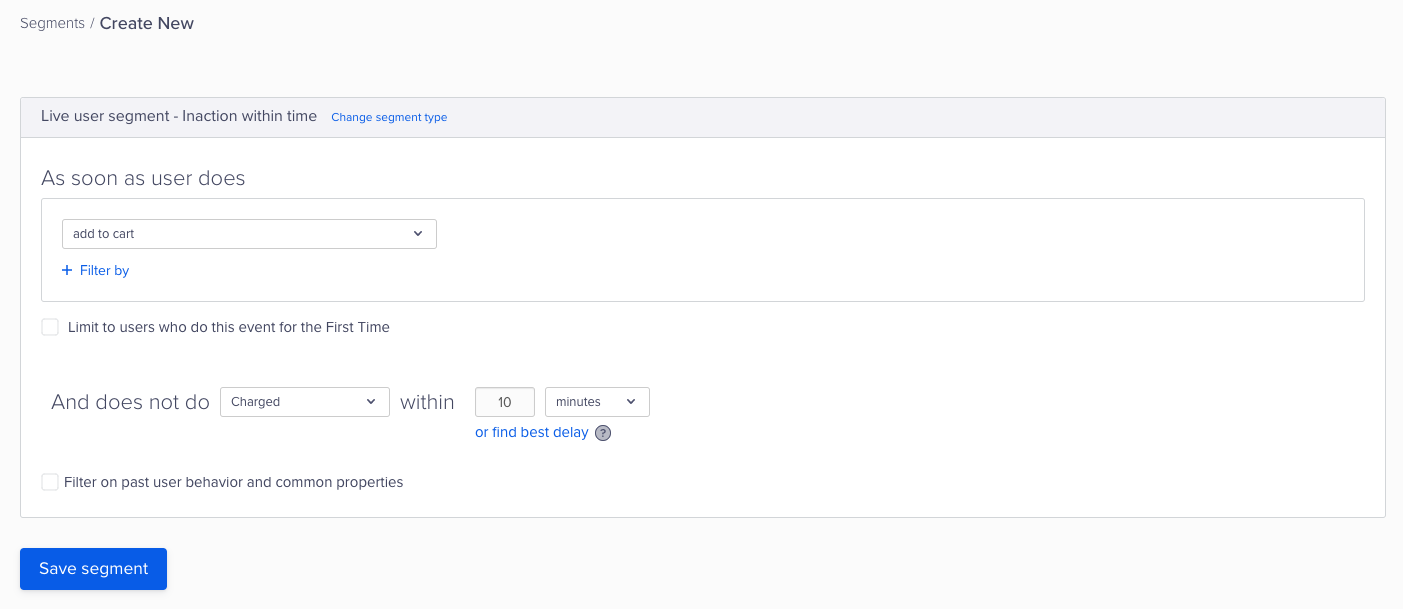Mapping out a user journey is essential to developing your marketing strategy—regardless of your industry. However, for those in gaming and ecommerce, it’s critical for guiding consumers to their final destination: a completed sale.
Gaming and ecommerce are Goliath industries. In 2022, gaming app revenue hit $267 billion, and ecommerce retail sales exceeded $5.7 trillion. Both rely on attracting customers and then keeping them happy and engaged. To do this, companies must know what their users want.
Let’s look at the steps behind an effective user journey that drives engagement, loyalty, and sales.
Create User Personas
Forget one-size-fits-all marketing; sellers should focus their campaigns on buyers who are more likely to purchase their product. Use data from existing customer profiles to create user personas. These are the types of people you should target, and each group should have their own user journey.
Most industries have more than one type of user. For instance, the gaming app industry has multiple user personas. In fact, game developer Activision identified six. One of your user personas might be the stereotypical lifestyle gamer, but another might be a dabbler who sticks to a specific type of game they love. Determining your user personas comes down to the kind of game you’re promoting and your user demographics.
Similarly, in the ecommerce industry, look at your current customers. How old are they? What do they do for a living? What pain points are they trying to solve? Say you sell wallpaper. Your user personas might include:
- New homeowners of a certain income level
- Older homeowners nearing retirement age who may want to downsize and need to sell their home
- Home builders who might contract your services
Note Customer Touchpoints
Digital touchpoints are the individual areas where buyers interact with sellers. They occur at various points along the user journey. Each touchpoint can nudge a consumer further along the sales pipeline or kick them off the map.
It’s critical to track how effective each touchpoint is so you can see what’s working and what needs improvement. Typically, there are multiple touchpoints in each stage of the sales funnel: awareness, consideration, conversion, and loyalty.
Awareness touchpoints are a customer’s first interaction with your brand, such as: your website, social media, events, online ads, and customer reviews.
At the consideration stage, the consumer wants to know you better. Touchpoints include: your blog, product demos, phone calls, and email inquiries.
The conversion stage is the sale or download. Users can sign up for your newsletter, give feedback, or join your customer loyalty program.
Finally, in the loyalty stage, you see referrals and repeat purchases.
Identify User Actions and Motivations

Tracking user actions on your site can reveal whether they’re still on the user journey. Track their activity and interest through in-app or push notifications. This will keep them engaged and coming back.
For example, there are plenty of reasons players grow tired of games: lack of challenges, pushy in-app purchase offers, annoying in-game ads, a poor user interface (UI), even boredom. As a result, only 4% of the top 25% of games are retained beyond the first 28 days.
To re-engage users, game developers could:
- Offer daily rewards for players that log in every day. The more a user logs in daily, the better the prizes.
- Send a well-timed and well-crafted notification to make inactive users reconsider.
- Reward positive responders with a valuable in-app gift to reinforce their decision to stay.
- Send an email or SMS to encourage users to re-engage.
These tactics also work for ecommerce retailers. Reward loyalty with discounts, and send emails with personalized recommendations based on past purchases.
Track User Emotions
Before you send out notifications, see how users react to everything about your app or website.
- Did the UI help them navigate the app easier?
- Do simple transactions push through smoothly?
- At which stage do customers abandon the user journey entirely?
There are many ways to track why users opt out of apps. Finding the root cause can help you improve the next version.
However, user feedback is an even better indicator of prevailing emotions about your site. For example, when users abandon their carts, add a question such as, “May we ask why you didn’t continue your purchase?” The responses may trigger positive changes to your storefront.
Identify the Highs and Lows of the User Journey
Mapping the user experience can identify the exact areas in the user journey where customers convert or drop off. Ecommerce stores should regularly test their site’s performance. Specifically, benchmark sites can check functionality, usability, and security compared to standards.
Similarly, measuring success in gaming apps means revisiting the entire user journey to identify peaks and valleys. There are a few ways to test for user impact and engagement levels. For instance, if your website ranks on the first page of a Google search, that’s a high note on the user journey. Completing a purchase, chatting with customer service, and leaving a review would all be considered positive interactions.
On the other hand, if a user can’t decide on a pricing plan or abandons their cart at checkout, consider this a low point that needs improvement.
Map the User Journey
You’re now ready to map the user journey. This will help you understand the customer mindset in a structured way. A user journey map typically contains these five elements:
- Personas: Choose one of your user personas so you can outline their needs and expectations.
- Timeline: The journey has a beginning, middle, and end. So, map out the interactions the user has with you at each stage.
- Actions: List the specific action that occurs at every interaction with your brand or app.
- Feelings, Expectations, Questions: At each touchpoint, chart the emotional state the user is in. For instance, are they annoyed by a pop-up ad? In addition, consider what they expect from each interaction.
- Channels: Note what channel the user is on when they interact with your brand.
Use the same template as you map out the user journey for each of your user personas.
Master the User Journey With CleverTap
Enhancing the user journey can help you improve the experience for your buyers and users. It’s a multi-step process that takes time and attention, but it will help you get to know your users better so you can deliver what they need.
At CleverTap, we’ve developed two free benchmark reports that can help:
- Rocket Revenues & Loyalty With Personalized Player Experiences: Data Science Report for Gaming Apps
- Ecommerce App Engagement Benchmark Report: Top 10 Metrics Marketers Need to Know
Download your copies today.

See how today’s top brands use CleverTap to drive long-term growth and retention
Subharun Mukherjee 
Heads Cross-Functional Marketing.Expert in SaaS Product Marketing, CX & GTM strategies.
Free Customer Engagement Guides
Join our newsletter for actionable tips and proven strategies to grow your business and engage your customers.














































